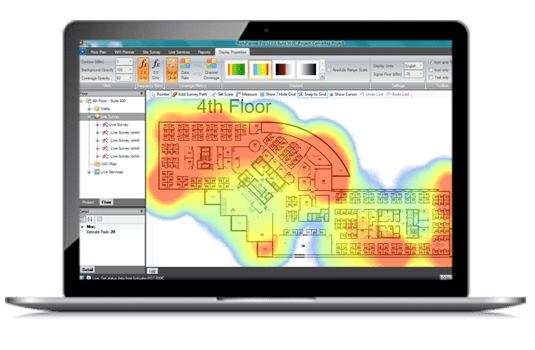
In the menu on the left, select Networking. Create a New Inbound Network Security Group Rule for TCP Port 8443 This record maps to the preceding public IP address that is statically assigned. If you own a publicly routable domain name for the environment into which the FortiGate VM is being deployed, create a Host (A) record for the VM.

On the Overview screen, select the public IP address. Go to the Azure portal, and open the settings for the FortiGate VM. In addition, map it to a fully qualified domain name (FQDN). Set a Static Public IP address and Assign a Fully Qualified Domain Nameįor a consistent user experience, set the public IP address assigned to the FortiGate VM to be statically assigned. Set Authentication type to Password, and provide administrative credentials for the VM.
#FORTINET DOWNLOAD FORTIGATE SOFTWARE#
Select the software plan (bring-your-own-license if you have a license, or pay-as-you-go if not). Select Fortinet FortiGate Next-Generation Firewall. Go to the Azure portal, and sign in to the subscription into which you will deploy the FortiGate virtual machine.Ĭreate a new resource group, or open the resource group into which you will deploy the FortiGate virtual machine.

There are two licensing modes for this virtual machine: pay-as-you-go and bring-your-own-license (BYOL). The Fortinet FortiGate next-generation firewall product is available as a virtual machine in Azure infrastructure as a service (IaaS). Additionally, you will configure the FortiGate SSL VPN Azure AD Gallery App to provide VPN authentication through Azure Active Directory.
#FORTINET DOWNLOAD FORTIGATE HOW TO#
Using this deployment guide, you will learn how to set up and work with the Fortinet FortiGate next-generation firewall product deployed as an Azure Virtual Machine.


 0 kommentar(er)
0 kommentar(er)
